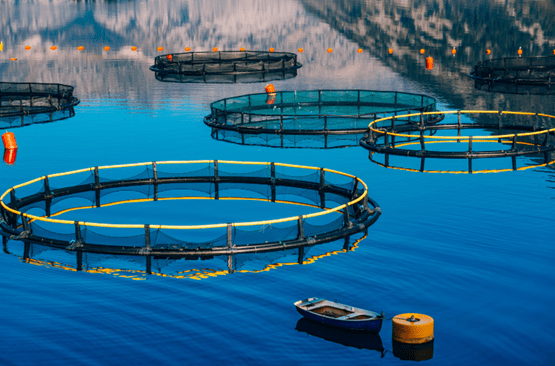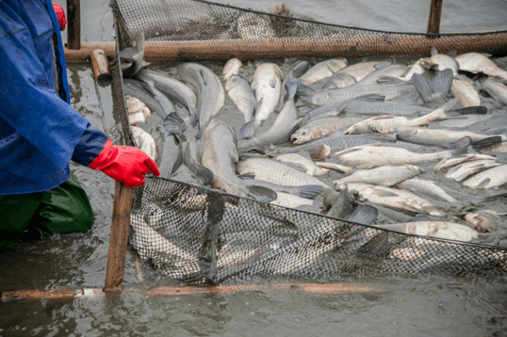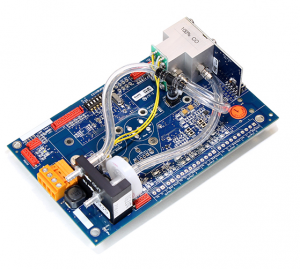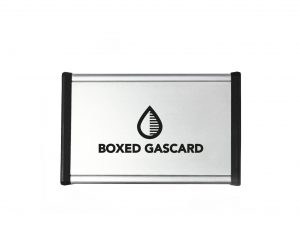Introduction
Due to the increasing global demand for fish as a source of food, around half of the world’s fish supply is now farmed artificially rather than caught through capture fisheries in natural environments.
Aquaculture has been the fastest growing sector of the global food industry since the 1970s, and has predominately taken place in the Asia-Pacific region. Water quality management in aquaculture is vital, as farmed fish are highly sensitive to changes in parameters such as toxic substances, pH, temperature and presence of gas. The water quality must therefore be consistently monitored and controlled for the fish to maintain optimum health, productivity and quality.
This article will explore the importance of water quality in fish farming, and in particular the critical and often overlooked requirement to monitor Carbon Dioxide levels and Total Organic Carbon.
What is Aquaculture and Fish Farming?
The term ‘Aquaculture’ refers to the breeding, rearing, and harvesting of fish, shellfish, algae, and other organisms in all types of water environments.
Fish farming is a specific form of Aquaculture in which fish are bred in enclosures, known as ‘Aquafarms’, to be sold as food. Aquafarms can take the form of mesh cages that are submerged in natural bodies of water, or land-based concrete enclosures. The most commonly farmed species of fish include salmon, tuna, cod, trout and halibut. The produce is mostly used to feed humans, but around 10% is directed towards non-food purposes such as fish oil, ornamental fish, pharmaceutical purposes, and feeding livestock.
The majority of fish farming is done by small-scale subsistence farmers in the Global South, in countries such as China (which produces 50% of farmed fish), India, Indonesia, Vietnam and Bangladesh.

The Importance of Water Quality in Fish Farming
Effective water quality management in Aquaculture is one of the key concerns to ensure high productivity and quality of fish produce. This is because farmed fish are highly susceptible to the adverse health impacts of poor water quality.
There are four key contributors to water quality that affect aquiculture cultivations and therefore need to be monitored. These include:
- Physical parameters: pH, temperature, salinity, dissolved oxygen, and carbon dioxide levels.
- Organic contaminants
- Biochemical hazards: e.g. cyanotoxins
- Biological contaminants: e.g. pathogens
In order for the fish to maintain an optimum level of health, and to avoid stress or disease, these parameters must be kept within specific thresholds at all times.
Monitoring Oxygen in Fish Farming
The level of dissolved oxygen in the water is one of the most important parameters that needs to be controlled in fish farming, because it is critical to the health of the fish and the success of the aquaculture.
The oxygen concentration in the water must be as close to air saturation as possible for healthy fish growth, and if the oxygen levels drop below 4mg/l, the fish may stop feeding, become stressed and suffer electrolyte loss. All of these issues can cause the fish to die and ultimately affect the yield.
The key to maintaining optimum oxygen levels and enhancing the productivity and profitability of fish farming is oxygen monitoring and providing supplementary oxygenation. This will improve feed utilisation, reduce fish mortality and mitigate the need for vaccination and antibiotics.
The Monitoring of Carbon Dioxide in Fish Farming
While oxygen levels are often viewed as the most critical gas affecting fish health, the impact of carbon dioxide on water quality tends to be ignored, with few Aquafarms regularly monitoring their carbon dioxide levels. This is partly due to the assumption that if oxygen levels are sufficient, carbon dioxide will not be an issue. However, there is increasing evidence suggesting that the presence of carbon dioxide in the water can also adversely impact fish health.
High carbon dioxide levels are often present in Aquaculture systems with high numbers of fish, slow water turnover, and issues such as pump leaks.
When CO2 levels in the water increase, the rate at which the fish releases CO2 from its own metabolism through its gills slows down. This causes the CO2 in the fish’s blood stream to increase, the pH to drop, and the reduction of the oxygen-carrying ability of the hemoglobin. This can have an extremely negative effect on the health in the long run. Furthermore, high CO2 can cause fish to suffer from diseases such as nephrocalcinosis, increased susceptibility to pathogens, spinal abnormalities, slower growth and general higher mortality.
Therefore, continuous in-situ monitoring of all key water quality parameters is necessary, including carbon dioxide, in order to create optimum water quality conditions, allow for prompt alerts for the correction of adverse conditions, and ultimately produce the highest quality yield of fish.

Aquaculture Sensors from Edinburgh Sensors
A Carbon Dioxide sensor from Edinburgh Sensors can be used for measuring the CO2 concentration produced by oxidising the organic carbon in a water sample.
The Gascard NG is our infrared gas sensor is designed for ease of integration with a wide range of gas detection systems that can provide high quality, accurate and reliable measurement of CO2 gas concentrations. The Gascard NG is set up for single use gas measurement at a time.

Requiring only a suitable power supply and sample gas, the Boxed Gascard® also provides fast and reliable CO2 concentration data over a wide range of barometric pressures and environmental temperatures. It brings the accuracy and reliability of the Gascard NG gas sensors to the convenience of a desktop instrument.

Get in Touch for More Information
If you have enjoyed reading about the importance of water quality in fish farming and would like to find out more about Carbon Dioxide monitoring for water quality analysis, please don’t hesitate to get in touch with a member of our team. We look forward to hearing from you.
To be the first to hear about future research, products and articles from Edinburgh Sensors, please make sure to follow us on your preferred social media channel, and sign up to our eNewletter via the link below.

